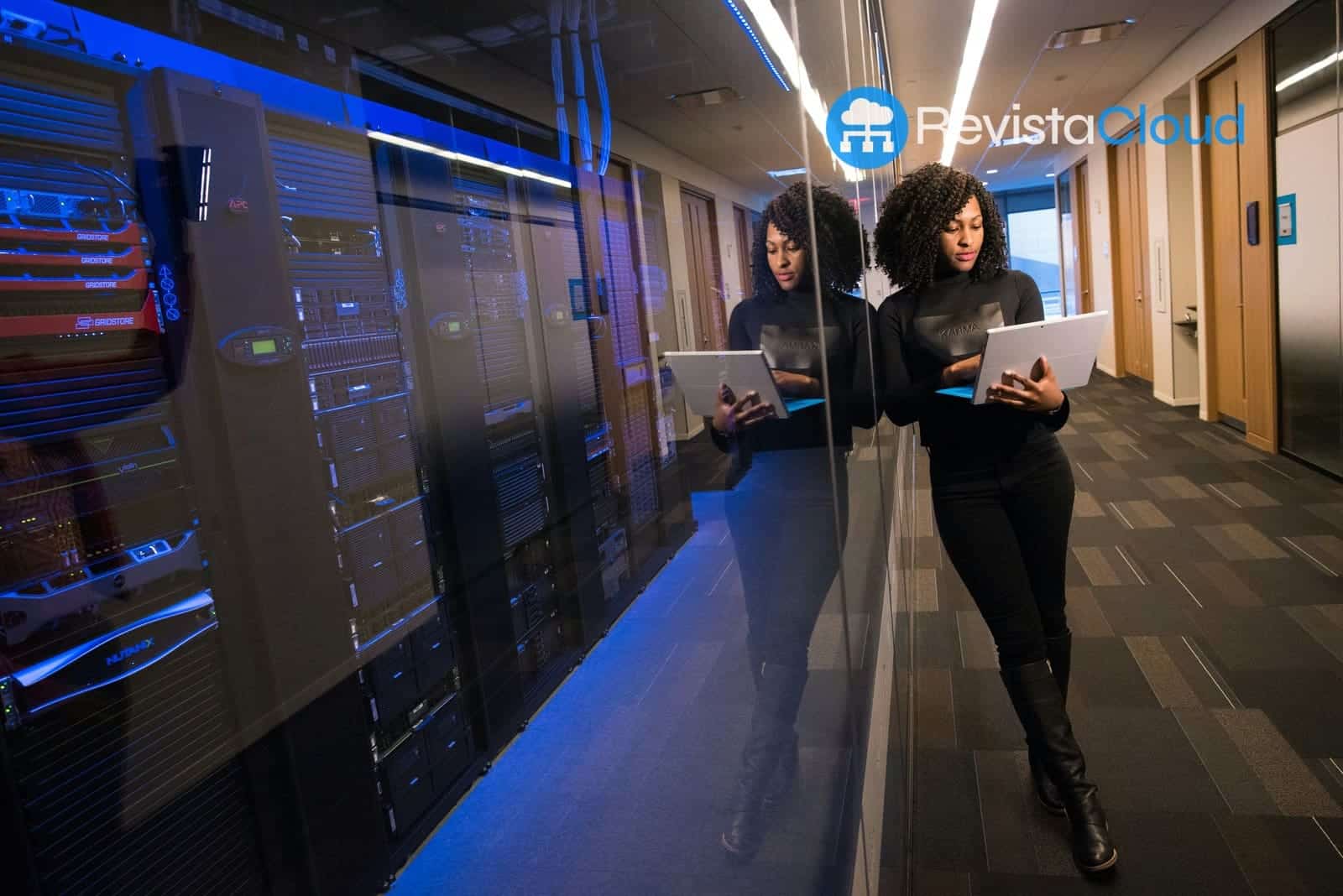In a world where cyberattacks are becoming increasingly sophisticated, developing a robust security culture is not optional; it’s a critical necessity. For CISOs (Chief Information Security Officers) and CSOs (Chief Security Officers), leading this cultural transformation is one of their most strategic responsibilities.
Cybersecurity can no longer be viewed as just a technical issue. True digital resilience is built when security becomes an integral part of the organizational DNA, fostering conscious and proactive behaviors at all levels of the company.
This article explores how to build, strengthen, and evolve a security culture that not only protects digital assets but also enhances business competitiveness in an era of constant risk.
The Vital Role of Leadership: Security Begins at the Top
An authentic security culture starts with committed and visible leadership. CISOs and CSOs must act as the primary ambassadors of security, integrating it into the vision, mission, and daily operations of the organization.
Modeling secure behaviors—such as using multifactor authentication, reporting suspicious emails, and participating in security training—sets a clear standard for the rest of the staff.
Transparent communication about threats, incidents, and lessons learned reinforces the idea that security is an essential business value, not a bureaucratic hurdle. Furthermore, aligning security objectives with business goals ensures that every department views cybersecurity as fundamental to its success.
Five Concrete Strategies to Foster an Active Security Culture
For security to become a daily practice rather than an occasional obligation, it’s crucial to go beyond traditional policies. Here are five concrete actions that every CISO and CSO should consider:
1. Role-Specific Training
General training is no longer sufficient. It’s vital to design specific modules that address the unique risks faced by each department: finance, marketing, human resources, software development, among others. Customization makes the content more relevant and memorable.
2. Create a Security Ambassador Network
Select “security champions” within teams who act as role models, promoting best practices and serving as immediate points of contact for questions or incidents.
3. Encourage a Safe Environment for Reporting Incidents
Implement accessible and non-retaliatory channels for reporting mistakes or threats, which is key to detecting problems in time and preventing larger breaches.
4. Continuous Evaluation and Feedback
Conduct simulated phishing campaigns, security culture surveys, and behavior analysis to measure the effectiveness of implemented actions and correct deviations in a timely manner.
5. Make Security Easy with User-Friendly Tools
Adopting technologies that reduce friction, such as password managers or single sign-on (SSO), makes it easier for employees to adopt secure behaviors without additional effort.
How to Maintain and Evolve the Security Culture
The security culture is not a one-time project; it must evolve over time, adapting to new threats, regulatory changes, and internal transformations.
Some recommendations for ensuring its sustainability:
- Regularly Update Content: Incorporate real examples, new threats, and lessons learned.
- Recognize and Celebrate Best Practices: Reward teams or individuals who demonstrate exemplary behaviors to reinforce the importance of security.
- Gather Feedback from Staff: Actively listening at all levels helps identify weaknesses that may not be evident from management’s perspective.
- Integrate Security into Company KPIs: Including security objectives in performance evaluations and strategic plans reinforces its importance.
- Encourage Multidisciplinary Collaboration: Involving security in projects from all areas from the start ensures that solutions are secure by design.
Conclusion: A Secure Company is One Where Everyone is Part of the Solution
Ultimately, the most successful CISOs and CSOs are those who can build a culture where every employee understands their role in protecting the organization. The security culture can no longer be viewed as a burden but as a strategic enabler of the business.
Investing in continuous education, visible leadership, and practical tools is key to transforming security into a competitive advantage.
In today’s world, a company that does not integrate security into its corporate culture is destined to face not only external threats but also a silent yet lethal internal deterioration.
Are you ready to lead this transformation in your organization?

